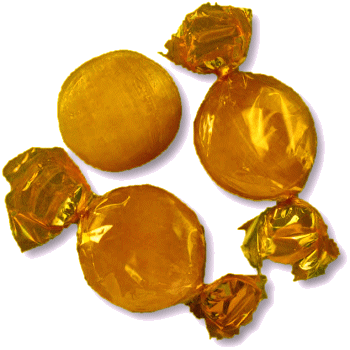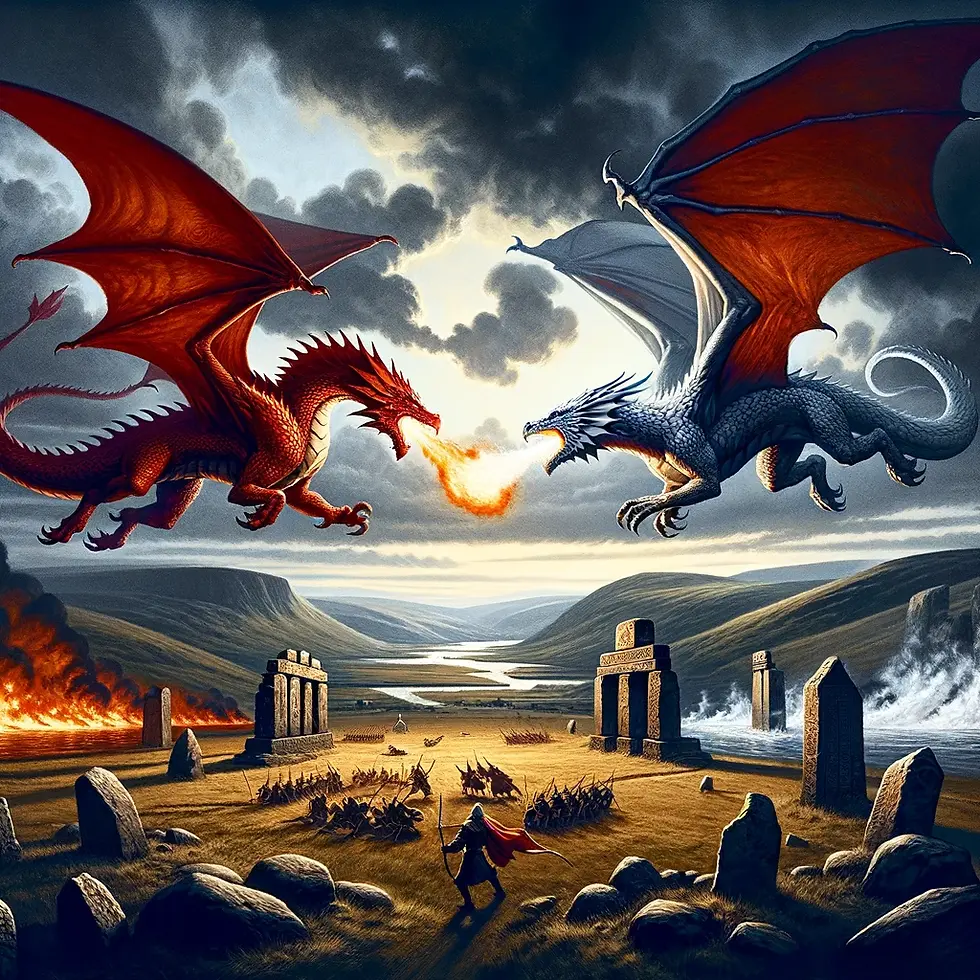




WELCOME TO An Entertainment Site for Scottish Country Dancers - Enjoy the curated selection of theme-related dances for celebrations and holidays, or find a dance associated with a special calendar day, or EVEN your own birthday!
St. David's Day
Mar 1
Other Scottish Country Dances for this Day
Today's Musings, History & Folklore
"Cymru am byth" (Wales forever)
Happy St. David's Day with a reel that could be construed as a friendly dragon chase in flight! The Red Dragon of Wales, known in Welsh as "Y Ddraig Goch," has a storied origin that reaches deep into the annals of British and Welsh mythology. Its earliest mentions can be traced back to the Mabinogion, a collection of medieval Welsh tales, and the Historia Brittonum, a historical account from the 9th century that attributes the dragon as a symbol of the ancient Celtic leaders. The legend was further popularized by Geoffrey of Monmouth in his 12th-century work, "Historia Regum Britanniae" (The History of the Kings of Britain), where he recounts a story of the wizard Merlin having a vision of a red dragon (representing the Britons) fighting a white dragon (symbolizing the Saxons). This battle symbolized the ongoing struggles between the native Britons and the Saxon invaders. Over centuries, the Red Dragon emerged as a symbol of Welsh pride and resilience, eventually being officially adopted as the national flag of Wales in 1959. The dragon symbolizes power, leadership, and strength, embodying the spirit and cultural identity of the Welsh people. 🐉 🏴
Ddraig Goch (Red Dragon)
March 1 is Saint David's Day, the patron saint of Wales.
The flag of Wales (Welsh: Baner Cymru or Y Ddraig Goch, meaning "The Red Dragon") consists of a red dragon passant on a green and white field.
The flag incorporates the Red Dragon of Cadwaladr, King of Gwynedd, along with the Tudor colours of green and white.
The oldest known use of the dragon to represent Wales is from the Historia Brittonum, written around 830, which describes a struggle between two serpents deep underground, which prevents King Vortigern from building a stronghold. This story was later adapted into a prophecy made by the wizard Myrddin (or Merlin) of a long fight between a red dragon and a white dragon.
Besides resident dragons, Wales' wildlife is typical of Britain but with some distinctions. Because of its long coastline, Wales hosts a variety of seabirds including gannets, Manx shearwater, puffins, kittiwakes, shags and razorbills. Birds of prey include the merlin, hen harrier and the red kite, a national symbol of Welsh wildlife. Today, mammals include shrews, voles, badgers, otters, stoats, weasels, hedgehogs and fifteen species of bat!
Two species of small rodent, the yellow-necked mouse and the dormouse, are of special Welsh note being found at the historically undisturbed border area.
Click the 15th century depiction of this battle of the white and red dragon for more on this draconian legend.
And for a video of the Scottish Flowers dancing "Y Ddraig Goch" at the 14th Highland Gathering in Peine, click the video below.
Click the dance cribs or description below to link to a printable version of the dance!




